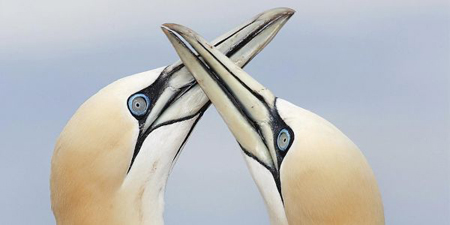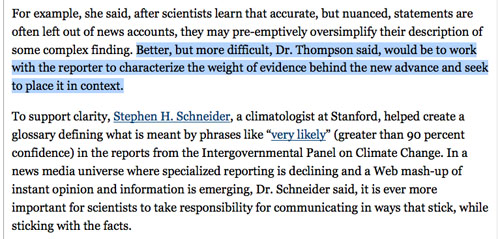“We are what we find, not what we search for.”
– Piero Scaruffi
Welcome to WRD104 — Spring Quarter 2012
In WRD 104 we focus on the kinds of academic and public writing that use materials drawn from research to shape reasonable conclusions based on supportable facts and convincing, defensible arguments. As the second part of the two-course sequence in First Year Writing, WRD 104 continues to explore relationships between writers, readers, and texts in a variety of technological formats.
You’ll be happy to note, I hope, that we build on your previous knowledge and experiences; that is, we don’t assume that you show up here a blank slate. We assume that you have encountered interesting people, have engaging ideas, and have something to say. A good writing course should prepare you to take those productive ideas into other courses and out into the world, where they belong, and where you can defend them and advocate for them.
If you have a project from another course that you would like to continue, or a community project that would benefit from rigorous research, or a professional aspiration that needs research-based support, this is the course for you.
WRD 104 has the following learning outcomes:
 Rhetorical Knowledge, which includes focusing on defining purposes, audiences, and conventions
Rhetorical Knowledge, which includes focusing on defining purposes, audiences, and conventions
 Critical Thinking, Reading, and Writing, which emphasizes writing and reading for inquiry, thinking, and communicating; finding, analyzing, and synthesizing appropriate primary and secondary sources; exploring relationships among language, knowledge, and power
Critical Thinking, Reading, and Writing, which emphasizes writing and reading for inquiry, thinking, and communicating; finding, analyzing, and synthesizing appropriate primary and secondary sources; exploring relationships among language, knowledge, and power
 Composing Processes, which includes practice in using multiple drafts to create and complete a rhetorically appropriate audience-based text and the collaborative and social aspects of writing processes
Composing Processes, which includes practice in using multiple drafts to create and complete a rhetorically appropriate audience-based text and the collaborative and social aspects of writing processes
 Knowledge of Conventions, in which we employ a variety of genre and rhetorical conventions in order to appeal to a variety of readers and audiences
Knowledge of Conventions, in which we employ a variety of genre and rhetorical conventions in order to appeal to a variety of readers and audiences
You can read the First Year Writing Learning Outcomes in more detail here.
Your digital portfolio
This is a portfolio-based course, which means that you will collect, organize, reflect on, and showcase your work at the end of the quarter in a digital portfolio format.
As a DePaul student, you will be able to keep your portfolio and have access to it during your time here and after you graduate, as alumni. I mention this now because we can take the time to think about, and to work on, different purposes and audiences for our portfolios: for colleagues, classmates, instructors — academic purposes — and for creative, professional, career, and non-academic purposes and audiences.
Writing Center
Finally, it’s no secret around here that students who take early and regular advantage of DePaul’s Center for Writing-based Learning not only do better in their classes, but also benefit from the interactions with the tutors and staff in the Center.



 “A good newspaper, I suppose, is a nation talking to itself”
“A good newspaper, I suppose, is a nation talking to itself” 

 “Opponents of gay marriage generally have relied on two authorities, the Bible and the dictionary—the divine word and the defined word. A 2006 friend-of-the-court brief filed on behalf of anti-gay-marriage organizations in a Maryland marriage case cited no fewer than seven dictionaries to make its point. And when the Iowa Supreme Court legalized gay marriage
“Opponents of gay marriage generally have relied on two authorities, the Bible and the dictionary—the divine word and the defined word. A 2006 friend-of-the-court brief filed on behalf of anti-gay-marriage organizations in a Maryland marriage case cited no fewer than seven dictionaries to make its point. And when the Iowa Supreme Court legalized gay marriage 




 by Chloé Poizat that accompanies today’s Op-Ed,
by Chloé Poizat that accompanies today’s Op-Ed, 









 Rhetorical Knowledge, which includes focusing on defining purposes, audiences, and conventions
Rhetorical Knowledge, which includes focusing on defining purposes, audiences, and conventions